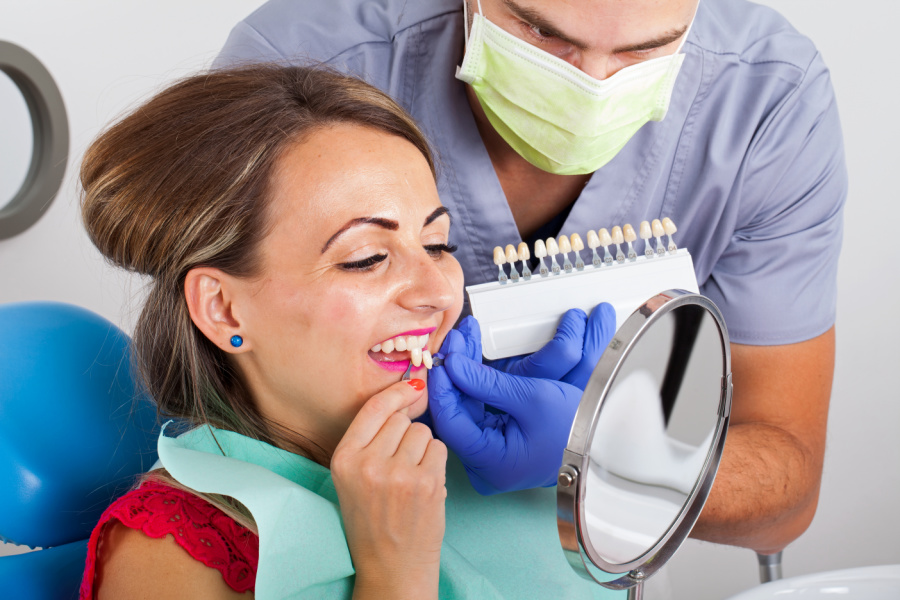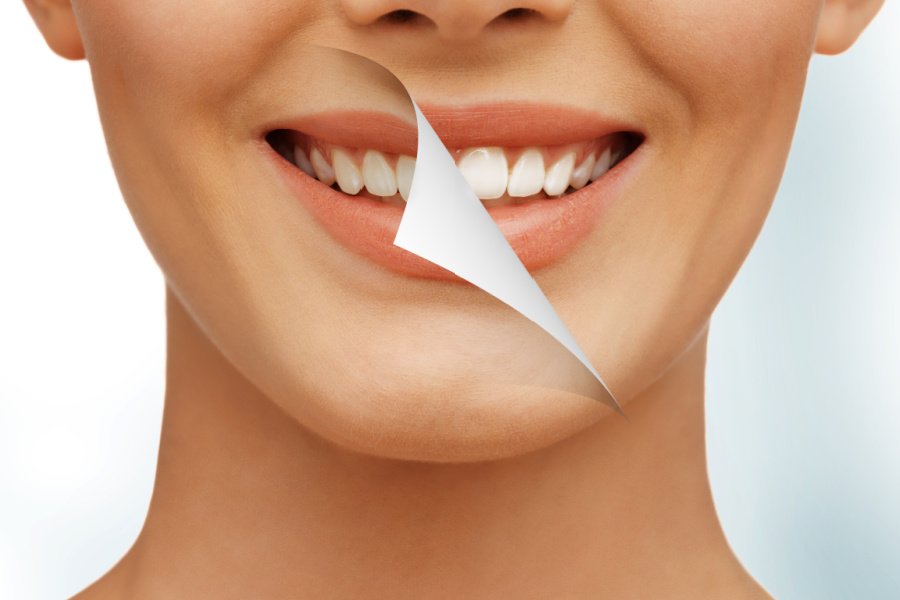

Let’s be honest – your smile is often one of the first things people notice about you. The shade of your teeth can influence how others perceive your overall appearance, both socially and professionally. Unfortunately, many of us struggle with teeth that appear dull or stained, often due to the foods and drinks we consume on a daily basis, even with good dental care habits.
If you’ve ever wondered which foods might be contributing to tooth discoloration, here’s a list of common culprits. By cutting back on these, you can help maintain a brighter, healthier-looking smile.
Tooth discoloration often comes down to the chemical makeup of what we eat and drink. Many dark-coloured foods and beverages contain compounds called chromogens, which produce strong pigments that cling to tooth enamel. Others are high in tannins, which make it easier for stains to stick. On top of that, acids in certain foods and drinks can wear down enamel, making teeth more vulnerable to staining.
A simple way to think about it: if something can stain your clothes or leave your tongue discoloured, there’s a good chance it can stain your teeth too.
Some foods and drinks are well-known for leaving stubborn stains on teeth. While they can affect the brightness of your smile, many of them also provide valuable nutrients and health benefits.
The key is moderation. You don’t have to eliminate these items from your diet altogether—especially if you only enjoy them occasionally. But if you regularly consume something that’s causing visible discoloration, it may be worth cutting back to help keep your teeth looking brighter.
For many people, coffee or tea is a daily ritual. Unfortunately, both are rich in tannins, which stick to enamel and cause discoloration. Black tea can leave teeth looking yellow, while green tea often creates a greyish tint. Coffee, of course, is notorious for dark stains. If you can’t give them up, try rinsing your mouth with water afterward or sipping through a straw to reduce contact with your teeth.
Soft drinks are a double threat: the artificial dyes stain, while the acids erode enamel, making stains easier to set in. Flavoured sodas and dark colas are especially harsh. Cutting back or swapping to sparkling water can help protect your smile.
These may seem like a quick pick-me-up, but their high acidity weakens enamel, leaving teeth more vulnerable to staining from other foods and drinks. Water is a much healthier choice for staying hydrated during workouts.
If a sweet treat stains your tongue—like hard candy, lollipops, gum, or popsicles—it can stain your teeth, too. The good news is that unless you eat these sugary snacks every day, they’re unlikely to cause major discoloration. Just be mindful of frequency.
Red wine is famous for turning teeth purple-grey due to tannins and pigments. But don’t be fooled—white wine can also be problematic. Its high acidity erodes enamel, making teeth more prone to absorbing stains from other foods. Try sipping water between glasses to limit the damage.
Tomato-based sauces combine deep red pigments with acidity, which softens enamel and makes stains easier to form. Dark soy sauce has a similar effect. Pairing these sauces with crunchy vegetables like broccoli or spinach can help reduce staining.
Blueberries, blackberries, cherries, cranberries, and pomegranates are loaded with antioxidants, but their strong natural pigments can cling to enamel. Rinse your mouth with water right after eating them to help wash away the colour.
Beetroot’s vivid red colour is great for nutrition but not for your smile. The same pigments that can stain clothes will easily stain enamel. Consuming them in moderation and drinking water afterward can help prevent lingering stains.
Known for its health benefits and bold flavour, turmeric is also packed with deep yellow pigments that can gradually tint teeth. Be mindful when enjoying dishes that use this spice often.
Its dark colour and sticky consistency make balsamic vinegar a frequent staining culprit. Eating leafy greens with it can create a natural barrier, helping prevent stains from sticking to your teeth.
It’s not just food and drinks that can dull your smile. If you’re noticing discoloration, there may be other factors at play. Some common culprits include:

It’s not only food and drinks that affect the brightness of your smile. Several lifestyle factors, health conditions, and even natural changes in your teeth can contribute to staining or discoloration:
1. Tobacco Products
Smoking cigarettes, cigars, or pipes—as well as using chewing tobacco—can leave deep stains on teeth. This happens because of two key compounds:
2. Natural Wear and Tear
As we age, everyday chewing and brushing gradually thin the enamel layer. This allows the underlying yellow dentin to show through, making teeth look darker.
3. Medications
Certain antibiotics, such as tetracycline, can cause intrinsic (internal) staining if taken during early childhood, when adult teeth are still forming. These stains often appear as stripe-like bands that are very difficult to remove.
4. Tooth Trauma
Injuries to a baby tooth can sometimes affect the development of the permanent tooth beneath it, leading to discoloration. For adults, if enamel chips away and the underlying dentin is exposed, the tooth may appear more yellow.
5. Infections
An infection in the tooth pulp or advanced tooth decay can cause the entire tooth to darken, often giving it a grayish appearance. In many cases, a root canal is needed to remove the infection and restore the tooth.
While some causes of tooth discoloration are unavoidable, there are simple steps you can take at home to reduce staining and protect your smile. And if stains become too stubborn to manage on your own, a professional whitening treatment from a dental care provider can help restore brightness.
Keeping your smile bright doesn’t mean giving up everything you enjoy. With a few mindful habits, you can reduce the risk of staining and maintain healthier-looking teeth:


